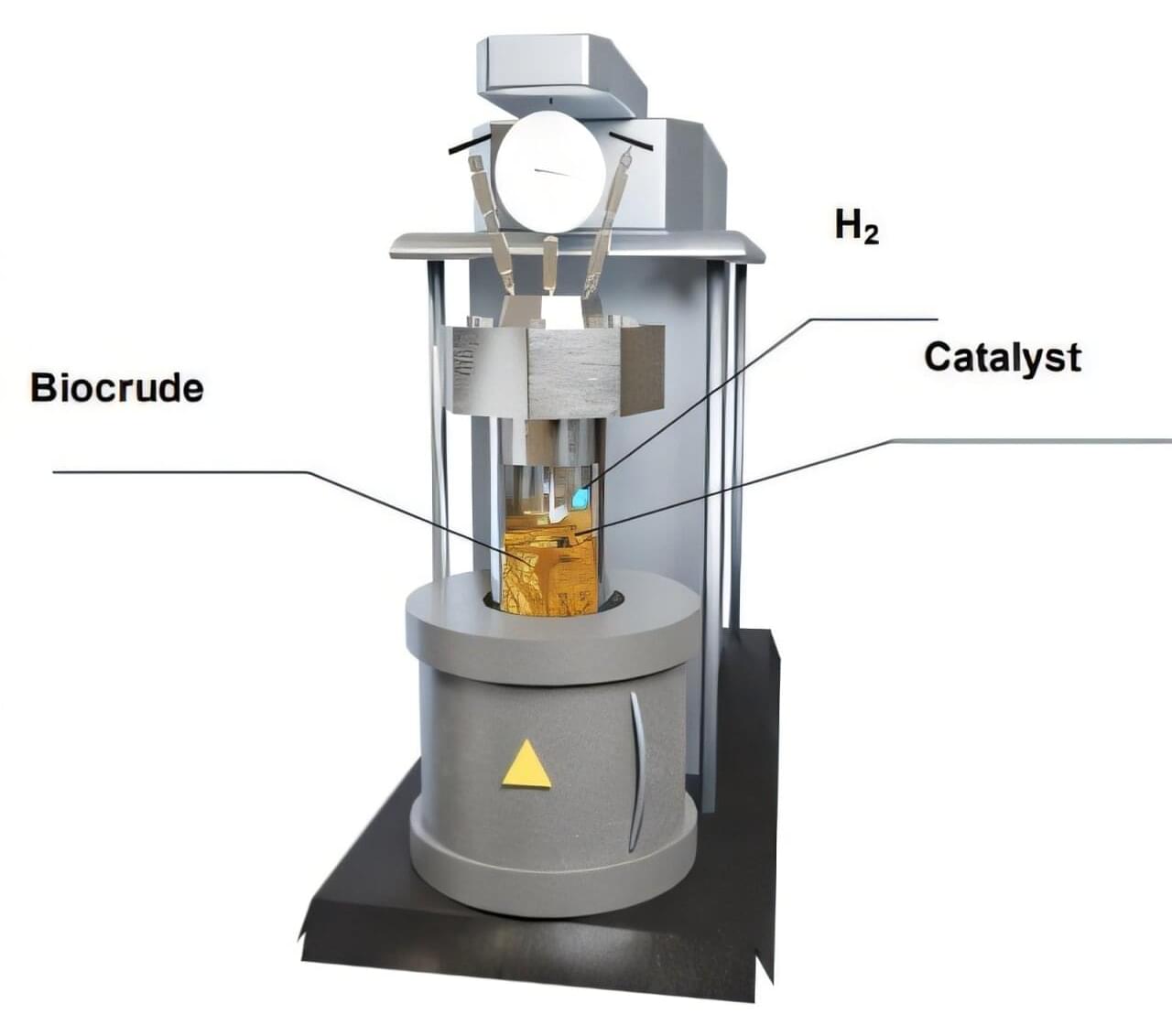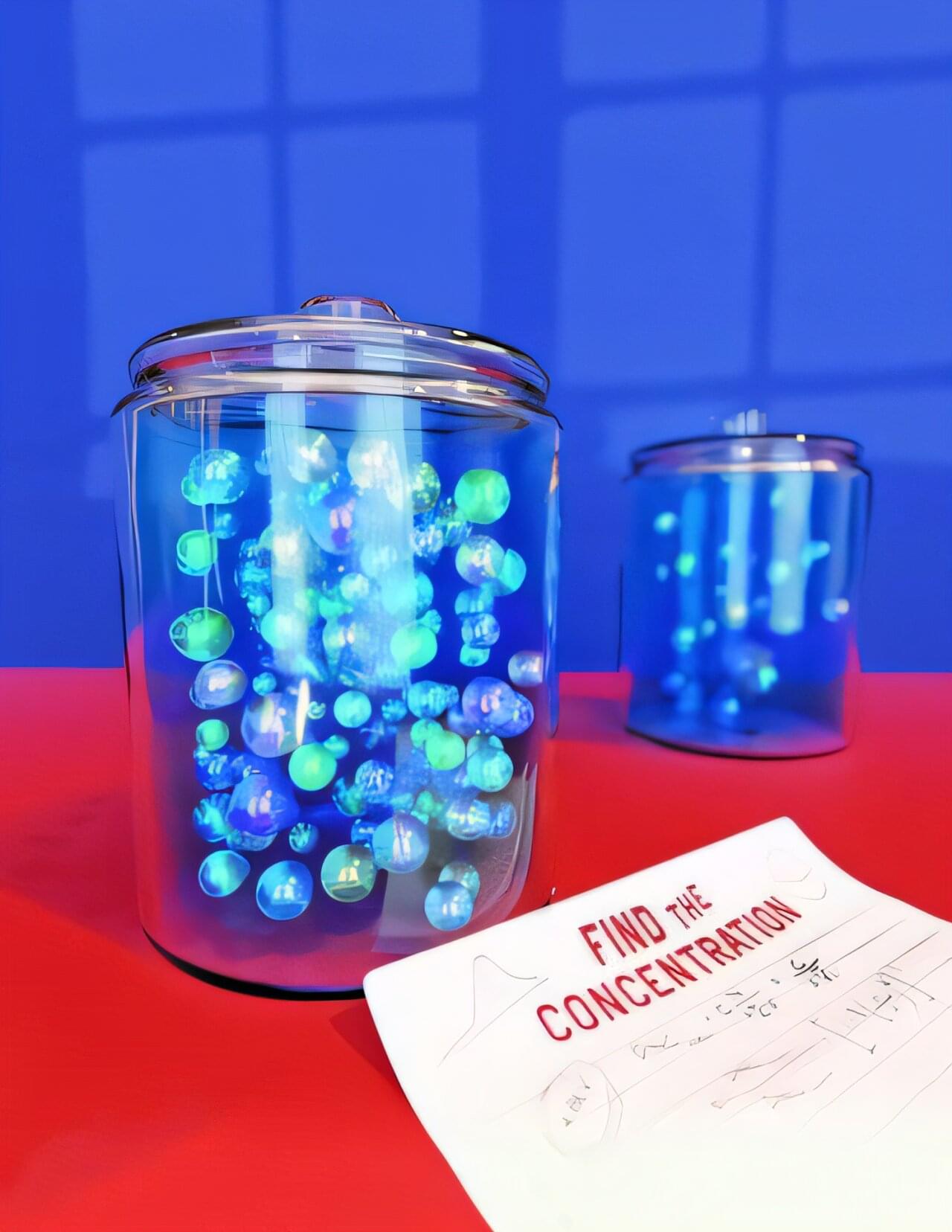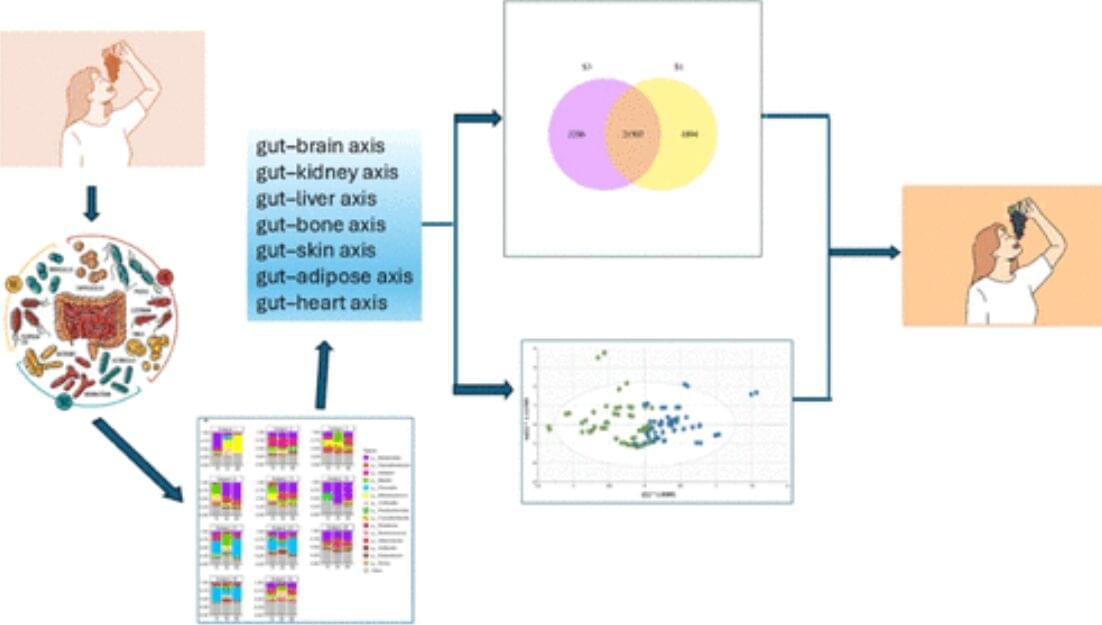A groundbreaking NASA-ISRO satellite is about to reveal Earth’s hidden shifts—from forests and farms to quakes and glaciers—with unmatched radar precision.



Over the past decades, computer scientists have developed increasingly sophisticated sensors and machine learning algorithms that allow computer systems to process and interpret images and videos. This tech-powered capability, also referred to as machine vision, is proving to be highly advantageous for the manufacturing and production of food products, drinks, electronics, and various other goods.
Machine vision could enable the automation of various tedious steps in industry and manufacturing, such as the detection of defects, the inspection of electronics, automotive parts or other items, the verification of labels or expiration dates and the sorting of products into different categories.
While the sensors underpinning the functioning of many previously introduced machine vision systems are highly sophisticated, they typically do not process visual information with as much detail as the human retina (i.e., a light-sensitive tissue in the eye that processes visual signals).

People often bond with strangers over the books they read or the movies they watch and build friendships that last. Scientists may now have some insight into why this happens. A study published in Nature Human Behaviour found that participants who responded similarly to the same movie clips even before meeting were more likely to become friends later.
As part of the experiment, MRI brain scans were taken of 41 graduate students who had never met each other before, while they were shown clips of movies based on science, food, sports, environment, and social events.
A total of 214 brain regions were analyzed—200 cortical regions associated with functions, such as movement, perception, and sensory processing, and 14 subcortical regions that control movement, autonomic functions, and emotions.

Neurons in the gut produce a molecule that plays a pivotal role in shaping the gut’s immune response during and after inflammation, according to a new study by Weill Cornell Medicine investigators. The findings suggest that targeting these neurons and the molecules they produce could open the door to new treatments for inflammatory bowel disease and other disorders driven by gut inflammation.
Hundreds of millions of neurons make up the enteric nervous system, the “second brain” of the body, where they orchestrate essential functions of the gut such as moving food through the intestines, nutrient absorption and blood flow. While this system is known for regulating these fundamental processes, its role in controlling intestinal inflammatory responses has remained far less clear.
In their study, reported August 15 in Nature Immunology, the investigators focused on group 2 innate lymphoid cells (ILC2s), immune cells that reside within the linings of the gut. Their previous work revealed that ILC2s are a major source of a tissue-healing growth factor called amphiregulin and have the capacity to receive neuronal signals that modulate their function and can impact disease progression and recovery.

MIT’s 1972 global collapse warning revisited: Humanity enters make-or-break decade.
Nearly five decades later, sustainability analyst Gaya Herrington revisited World3 with fresh data. Her study, published in the Journal of Industrial Ecology in November 2020 and later shared by KPMG (where she then worked), compared several of the model’s scenarios with decades of empirical trends across variables such as population, fertility and mortality, industrial output, food production, services, non-renewable resources, persistent pollution, human welfare, and ecological footprint.
The aim was straightforward. After half a century, which of World3’s possible futures does the real world most resemble? Herrington found that the dynamics described in 1972 still fit the data “strikingly” well. In scenarios that keep growth as the primary goal, what the original authors called the “standard run” and what we’d now call “business as usual,” the model points to declines in industrial capital, agricultural output, and welfare within this century.

For researchers from The Grainger College of Engineering at the University of Illinois Urbana-Champaign, a new avenue for reducing carbon emissions can be found on the side. A side of salad dressing, that is.
In 2020, the United States federal government committed to achieving net-zero carbon emissions by 2050. An important step toward carbon neutrality is embracing sustainable aviation fuel (SAF), an alternative to conventional jet fuel that is made from renewable feedstocks. As part of this initiative, Grainger engineers have been hard at work creating the critical nanocatalysts for converting biocrude oil from food waste such as salad dressing into sustainable aviation fuel.
Hong Yang, a professor of chemical & biomolecular engineering, and Yuanhui Zhang, a professor of agricultural & biological engineering, joined forces to tackle this problem.
Researchers developed edible microbeads made from green tea polyphenols, vitamin E and seaweed that, when consumed, bind to fats in the gastrointestinal tract.

Researchers can use a metric called the particle number concentration (PNC) to calculate the number of particles in a sample, such as the number of marbles in a jar.
Researchers at the National Institute of Standards and Technology (NIST) have developed a new mathematical formula to calculate the concentration of particles suspended in a solution. The new approach, which yields more accurate results than current methods, can be used to deliver the correct drug dosage to patients, measure the amount of nanoplastics in ocean water, and help ensure the correct level of additives in food products, among other applications.
The researchers have published their findings in Analytical Chemistry.
US startup turns cow manure into jet fuel in a move to reshape renewable energy.
Interestingly, the reactor does it all at just 1/100th the capital cost of conventional systems. The dramatic reduction in capital expenditure could make on-site fuel production a realistic prospect for individual farms.
Over 20,000 large livestock farms in the U.S. produce nearly a trillion pounds of manure annually, but less than 6% capture the biogas from this waste.
“Farmers in the U.S. and around the world are sitting on an untapped goldmine. We’re giving them the ability to turn waste into a profitable product that airlines desperately need,” said Dr. Stephen Beaton, CEO and Founder of Circularity Fuels, in the press release.

Fresh grapes contain a potent mix of over 1,600 compounds that benefit heart, brain, skin, and gut health. New evidence suggests they deserve official superfood recognition, with benefits even at the genetic level.
A new article appearing in the current issue of the peer-reviewed Journal of Agriculture and Food Chemistry explores the concept of “superfoods” and makes a case that fresh grapes have earned what should be a prominent position in the superfood family. The author, leading resveratrol and cancer researcher John M. Pezzuto, Ph.D., D.Sc., Dean of the College of Pharmacy and Health Sciences at Western New England University, brings forth an array of evidence to support his perspective on this issue.
As noted in the article, the term “superfood” is a common word without an official definition or established criteria. Mainstream superfoods are typically part of the Mediterranean Diet and generally rich in natural plant compounds that are beneficial to a person’s health. Pezzuto addresses the broader topic of superfoods in detail, then makes the scientific case for grapes, noting that fresh grapes are underplayed in this arena and often not included with mention of other similar foods, such as berries.